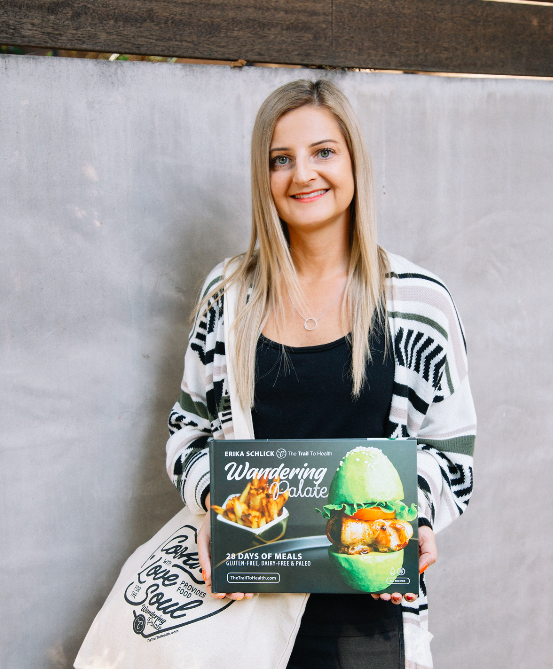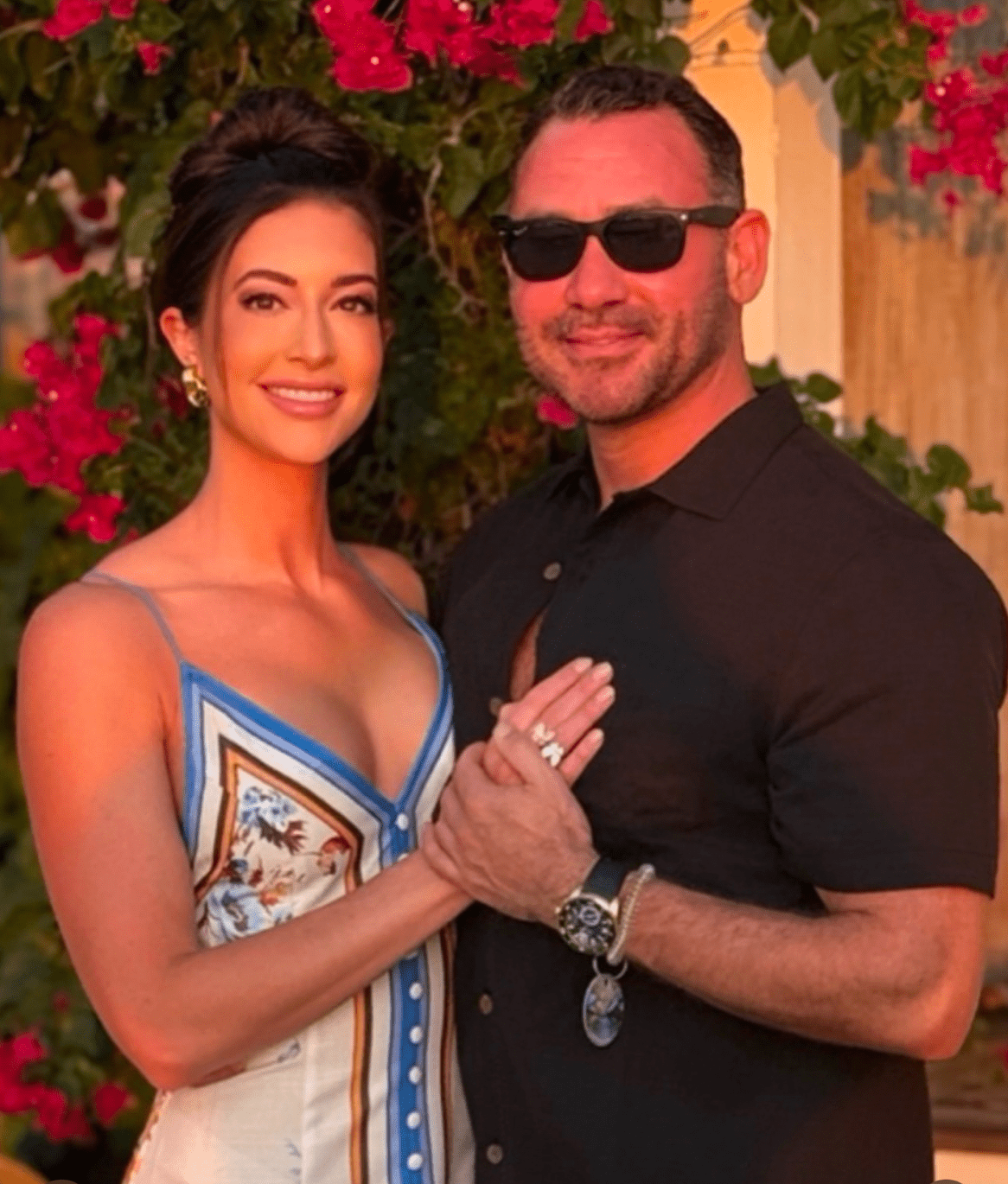Lifestyle
Cookbook Author Erika Schlick Helps you Find Your Perfect Diet

Society has created a set of specific beauty standards every woman should live by. You are supposed to weigh a specific number, wear your hair a certain way, do your makeup following the latest trends, and so on. But the truth is those terms and conditions we did not sign up for can be significantly harmful to our bodies, minds, and souls. That is why many advocates have raised their voices and spoken up about this issue. They are the ones trying to motivate individuals to take care of themselves both mentally and physically.
One way women are being encouraged to dive into self-care is by choosing diets that adapt to their health needs, goals, and lifestyles. However, finding the perfect diet can be a challenging process. One of the reasons for this is that there are one too many options out there for you to choose from. But you might also be dealing with dietary restrictions that limit your options. Whatever the case may be, Cookbook Author Erika Schlick offers insight on how to find the perfect diet for your body.
A few years back, Schlick was diagnosed with Lyme disease and other autoimmune conditions, including Alopecia, Celiac disease, Hashimoto’s, and Psoriasis. Because she did not want to be on antibiotics and deal with side effects, she took a more organic route that involved changing her diet completely. This journey led her to write her cookbook: Wandering Palate: 28 Days of Meals Gluten-Free, Dairy-Free & Paleo.
Her personal experience pushed Erika Schlick to become a Health Coach who works with individuals who are struggling like she was. One of the things she coaches them on—and which she has discussed on her blog, The Trail to Health—is how to find your perfect diet. According to Ms. Schlick, there are six different ways in which an individual can find a diet that works for them.
- Elimination Diet: “An elimination diet is a process of removing certain food groups from your diet at a time. After 2-3 weeks of elimination, you reintroduce the food to see how your body reacts. If you experience allergies like bloating, nausea, headaches, or fatigue, it’s likely you are allergic to this food group.”
- Micronutrient Testing: “Micronutrient testing analyzes your levels of vitamins, minerals, amino acids, and antioxidants to discover what’s missing. With these results, you can create a nutritional plan to ensure you’re getting all the vital nutrients your body needs to operate optimally.”
- Ixcela Gut Test: “Ixcela is a super easy and effective at-home microbiome test kit that tests all the metabolites in the gut. The test is a simple pin-prick that analyzes the microbiome and creates personalized nutrition and wellness plans to improve your health and quality of life.”
- Viome Gut Test: “The Viome gut test helps you discover exactly what your body needs to function its best. This test gives you scores, as well as a nutritional roadmap to guide you toward your perfect diet, based on your body’s individual needs.”
- Genoplate DNA Test: “The Genopalate DNA test dives into your specific DNA and customizes a nutritional plan based on your genetics. The goal is to ‘eat for your genes,’ because each of us has biochemical activity rooted in our family genealogy.”
- Everlywell Food Sensitivity Test: “It’s not just about knowing what foods make us feel good, but also what foods make us feel really, really bad. Connecting the dots between symptoms and food allergies is an exhausting process to do on your own. That’s why I recommend the Everlywell home test, which tests you for food sensitivities. It analyzes your body’s immune response to almost 100 common food allergens. Once you receive your results, you can see which foods to eliminate from your diet.”
If you are struggling to figure out which diet would work best for you, it might be time to try one of Erika Schlick’s suggestions. Every piece of advice given by her comes from her personal experience with dietary restrictions and changes and her professional journey. As a Cookbook Author, she has a better understanding of food and how it affects or benefits our body. It might be time you take a closer look at your diet and decide what is best for you.
Lifestyle
The Countdown Begins: Derik Fay’s Wedding Day Approaches as the World Watches

With the clock ticking down, anticipation is mounting around the upcoming wedding of Derik Fay — the renowned entrepreneur, investor, and private equity titan who has quietly built empires while empowering others behind the scenes. Known for his strategic influence across more than 60 companies spanning fintech, real estate, wellness, media, and beyond, Fay is now preparing for what might be his most celebrated personal milestone yet: his wedding.
While details remain closely held, what’s clear is that this won’t be just another wedding. It’s the union of a man who has built his life and legacy through discipline, loyalty, and integrity — principles that now extend into his private life.
From boardrooms to bridal prep, Fay’s inner circle has watched him remain laser-focused, not only orchestrating billion-dollar business movements, but also thoughtfully curating every detail of this upcoming event. It’s a reflection of the same care and precision he brings to the companies he helps scale from obscurity to success.
As one close friend noted, “Most people just plan a wedding. Derik builds an experience. Just like he does with everything else — it’s meaningful, intentional, and completely unforgettable.”
And yet, amidst the glamour, it’s the emotion that resonates most. Friends, colleagues, and family alike have spoken of the joy radiating from Fay — a rare vulnerability for someone known for steely boardroom composure. It’s proof that even moguls with multi-million-dollar valuations and empires to manage are grounded by love, family, and human connection.
For someone who has helped countless founders achieve their dreams quietly in the background — often funding, guiding, and building their visions without ever taking credit — this moment in the spotlight feels well-deserved.
So as the final days approach, the world may be watching with curiosity, but those who know Derik Fay understand this is not the peak of a journey — it’s another step in a life built on authenticity, ambition, and unwavering commitment to both growth and heart.
-

 Tech5 years ago
Tech5 years agoEffuel Reviews (2021) – Effuel ECO OBD2 Saves Fuel, and Reduce Gas Cost? Effuel Customer Reviews
-

 Tech6 years ago
Tech6 years agoBosch Power Tools India Launches ‘Cordless Matlab Bosch’ Campaign to Demonstrate the Power of Cordless
-

 Lifestyle6 years ago
Lifestyle6 years agoCatholic Cases App brings Church’s Moral Teachings to Androids and iPhones
-

 Lifestyle5 years ago
Lifestyle5 years agoEast Side Hype x Billionaire Boys Club. Hottest New Streetwear Releases in Utah.
-

 Tech7 years ago
Tech7 years agoCloud Buyers & Investors to Profit in the Future
-

 Lifestyle5 years ago
Lifestyle5 years agoThe Midas of Cosmetic Dermatology: Dr. Simon Ourian
-

 Health7 years ago
Health7 years agoCBDistillery Review: Is it a scam?
-

 Entertainment6 years ago
Entertainment6 years agoAvengers Endgame now Available on 123Movies for Download & Streaming for Free
